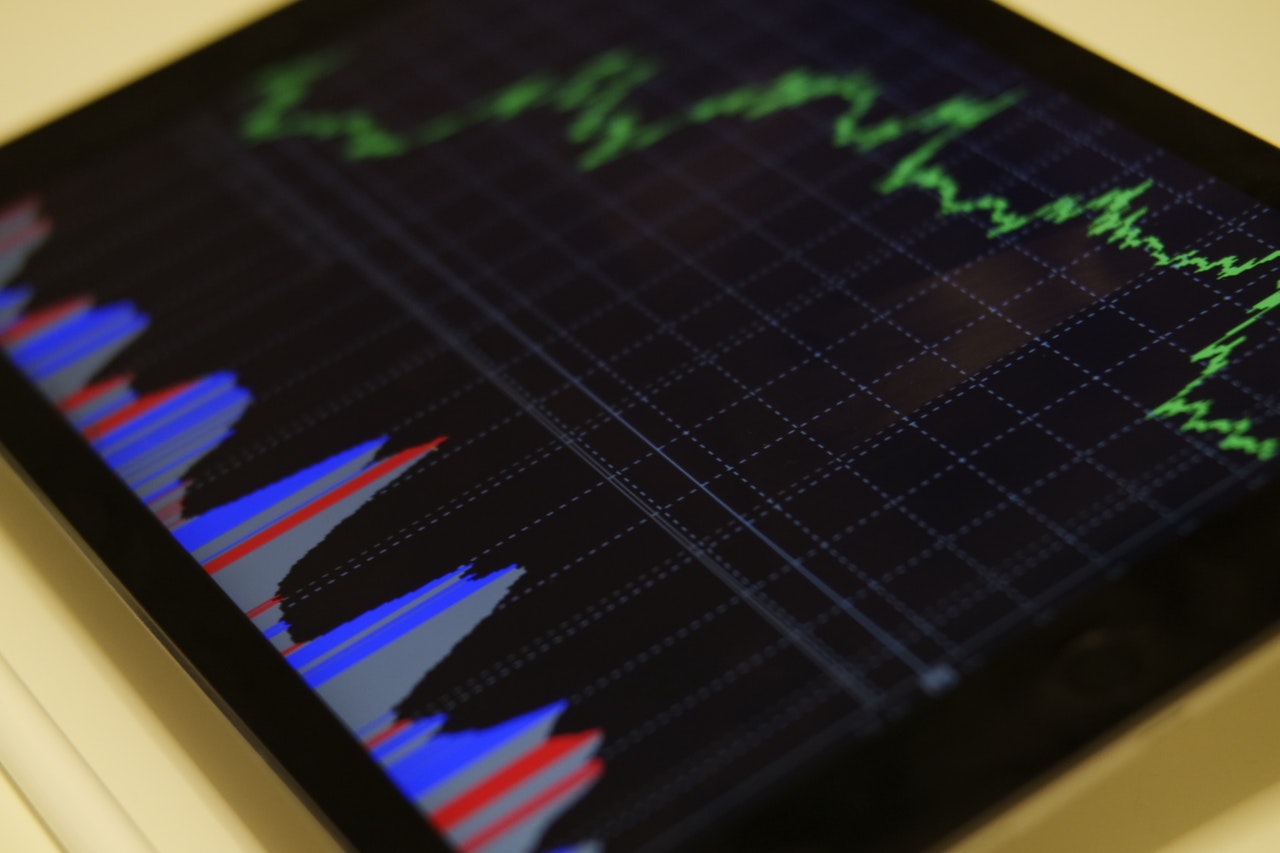The direct treasury is in high demand due to its low risk of loss and low investments, more accessible and focusing on individuals and small entrepreneurs. But what not everyone understands is how the Treasury Direct.
Created in 2002, the Treasury Direct was created by the Federal Government to raise funds to pay public debts. So he It is similar to personal credit in which after a while the Government returns the “borrowed” money with interest adjustment.
Check out: How to take out a loan when you're in debt in 2022, see the best options
So this investment category has grown in recent years, as it is low risk, easy to apply and has low initial values. In fact, the initial investment values start at 30 reais, a relatively low average when compared to real estate investment funds or other types.
Therefore, when investing, the Government defines the value of each unit when issuing the credit and the remuneration dates. Bonds start at 30 reais, with a possible yield of 11% per year. Anyway, to understand more about Tesouro Direto, just check out our full article.

How to invest in the treasury directly?
To apply to Tesouro Direto you must have an account with a bank or investment broker, in addition to having a regular CPF. When applying for the first time, you must answer a questionnaire to find out if you are qualified for the product or if you have another investor profile.
After that, it is possible to make the investment through the bank's application or in person by choosing one of the investment options. There are 3 categories of securities: pre-fixed, with a fixed rate allowing the investor to know how much he will receive per year.
In addition to this, there is the post-fixed/Treasury Selic, which has a yield proportional to the basic interest rate, that is, they change over time. Finally, there are Hybrids (IPCA) with a yield following inflation + a certain percentage to ensure that it is higher than annual inflation.
There are banks that do not charge fees, on the national treasury website there is a list of these institutions. As with any investment, it is possible to make a loss when investing directly in the treasury. When withdrawing earlier than agreed, you lose interest or when other fixed income applications have higher growth.
It is more worth investing in the direct treasury when Selic rates and the IPCA (Broad Consumer Price Index) are high. Therefore, the gains are greater. On the Treasury Direct website there is how to simulate the income from an investment and the possible monthly earnings.
CDB and Treasury direct
In general, the two modalities are very similar, as both are fixed income. However, there are two main differences between them. The first is the origin of the investments, while the treasury is made by the government, the CDB is made privately.

That's why it has a different Credit Guarantee Fund than the treasury, as the former has more risks of loss. There are 3 possible rates on direct treasury that change according to time and amount invested. The first of these is the custody fee of 0.2% per year.
The fee is only charged for applications greater than 10 thousand reais. The second is the IOF (Tax on financial operations), charged on withdrawals made within 30 days of application. This rate varies regressively from 96% to 3%d income until the end of the first 30 days.
It is worth noting that investments made in the direct treasury can be withdrawn at any time. After 30 days there is no more IOF. A The third is income tax, charged regardless of the amount. Income Tax is charged directly at source on earnings.
Check out: How to get a credit card for negative people? See details and tips

